How to pack for autumn camping and backpacking adventures
Autumn/fall is the best time to go camping, but you need to make some adjustments to your kit
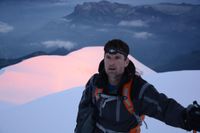
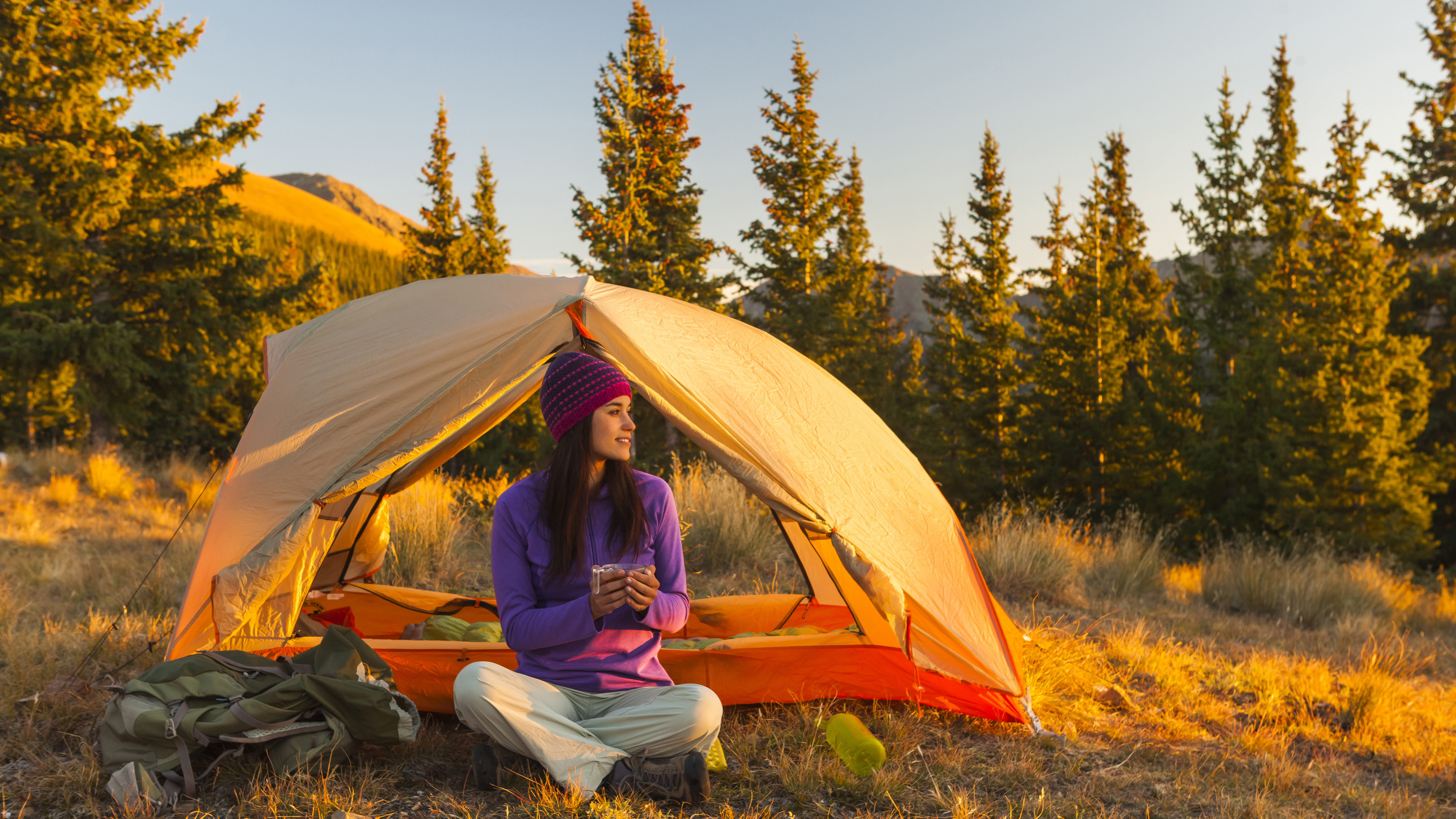
Autumn is my favourite time of the whole year to go camping. Summer is great, of course, but when dawn breaks at 4:30 a.m. and floods your tent with daylight and the sound of a hundred early-rising feathered neighbours auditioning for a mate, it can make for a bit of an early alarm call. Especially since the sun doesn’t dip until so late in the evening that you don’t tend to turn in much before 11 p.m.
But autumn, especially around the equinox when night and day are in perfect balance, is a sensational season for camping. It means you can watch the sunset and spend time appreciating being outdoors in the dark, looking for bats, listening for owls and staring up at the stars – undoubtedly one of the greatest joys of sleeping outside.
And as for the drop in the temperature – I embrace that too. It makes you really appreciate the campfire, another treasured feature of alfresco adventures. And when it comes to climbing into your tent, you can really enjoy getting snug in your sleeping bag instead of laying there sweating, like you so often do in the middle of summer.
Campsites and popular outdoor places are also much quieter and sparsely populated after the end of the school holidays, even at weekends, so you don’t need to cross guy ropes or listen to the snores of some stranger lying mere metres away. And with this, your chances of spotting wildlife – both diurnal and nocturnal – go up exponentially. Whether you’re in a commercial site or wild camping, the whole experience feels much more natural.
It’s blissful. But, of course, whether you are car camping or backpacking, there are some adjustments you need to make to your camping kit in order to make overnight autumn adventures enjoyable and comfortable. Here we go through the most important.

1. Take a smaller tent
There’s a best tent for every occasion, and it’s tempting to think that bigger is better, but that is definitely not the case when nights begin to get cooler. The larger your tent is, the colder it will be, so while palatial shelters such as the Coleman Castle Pines 4L and the Outwell Pinedale 6PA are perfect for summer camping adventures, as we get deeper into autumn, it’s better to go for something more modest-sized and lower, like the Sea to Summit Ikos TR3, which will warm up nicely.
If you’re taking the whole family along for the ride, it’s better to use two smaller tents than one massive one – you can always pitch them close, with an interconnecting tarp to provide some cover in case of wet weather.
Get all the latest news, reviews, deals and buying guides on gorgeous tech, home and active products from the T3 experts
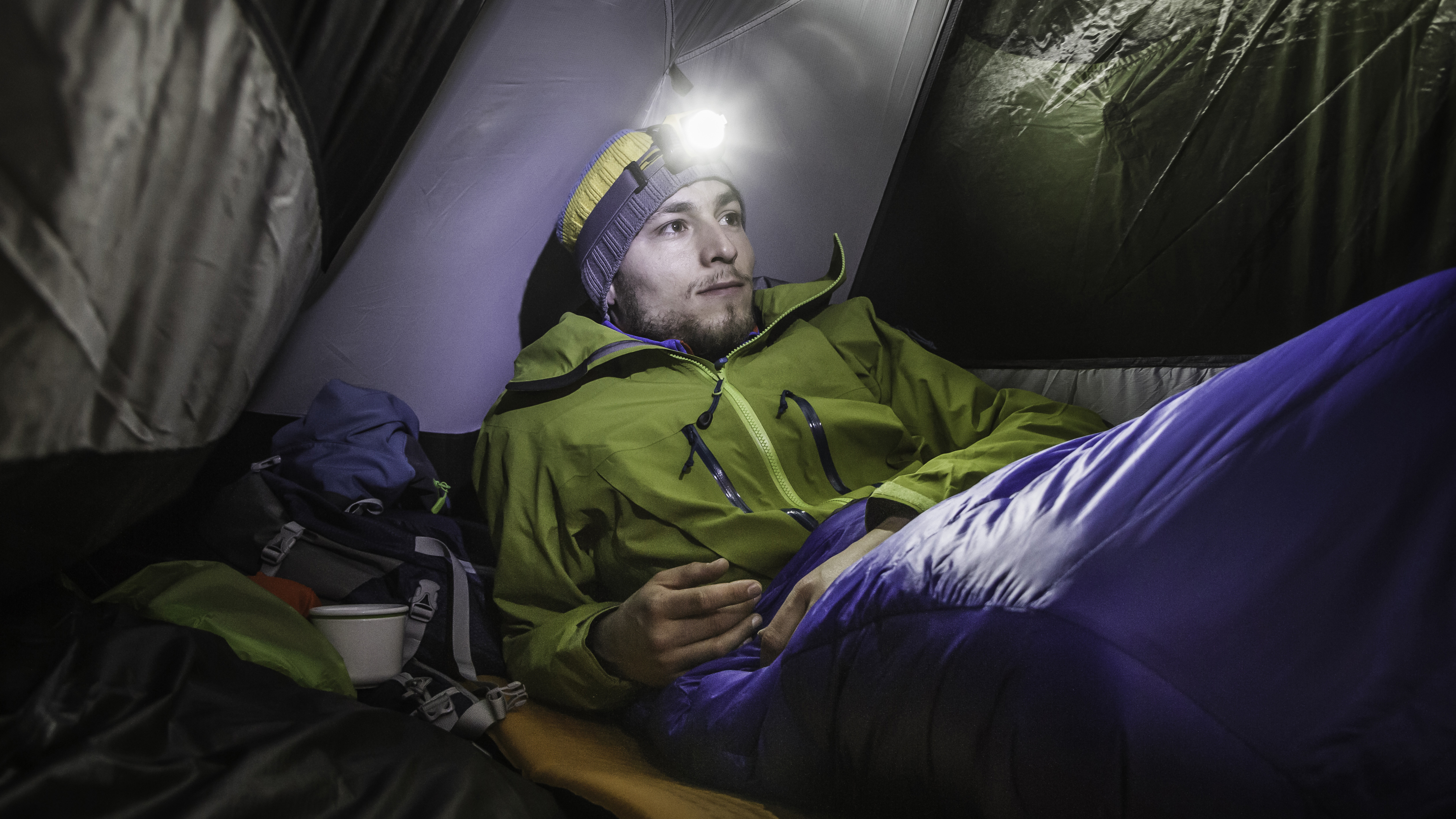
2. Bust out a three-season sleeping bag
Like tents, there are great sleeping bags to suit every season, and now is the time to put the summer sacks towards the back of your gear cupboard and get the bigger, thicker bags out. There are plenty of good-quality lightweight, backpacking sleeping bags available that are capable of keeping you warm as the mercury drops, including the excellent Rap Neutrino 400. But if you’re car camping forget about the weight and go with the temperature rating. A decent 3-season sleeping bag is best for autumn campouts.
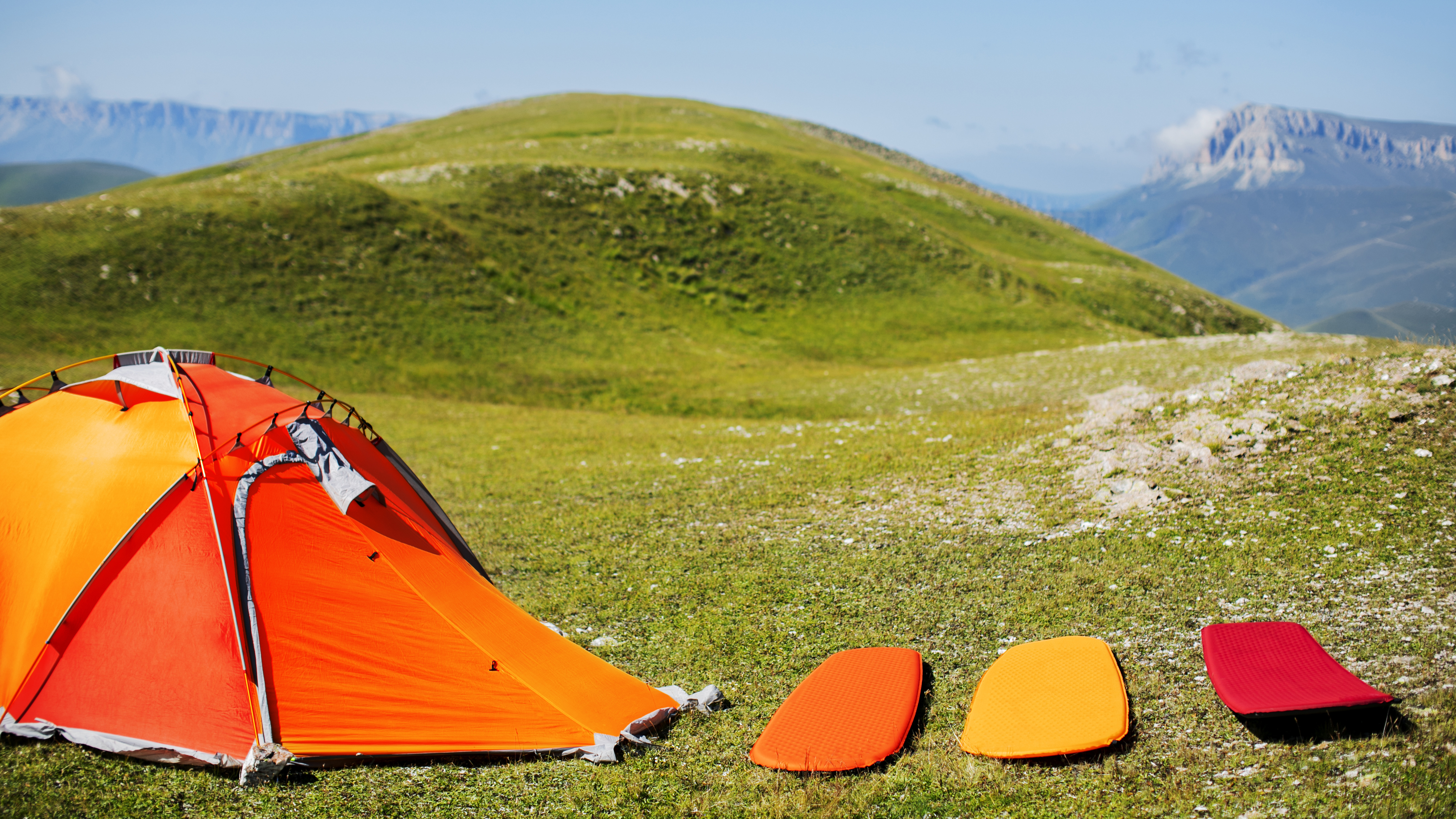
3. Check the R value of your camping mat
Less obvious, perhaps, than the fact that you need to use the right sleeping bag is the need to pair that bag with the correct camping mat for the season. Because these sleeping pads are not all created equal. For starters, there are myriad styles of camping mats, from the bulky but indestructible closed-cell foam variety through to super lightweight inflatables, some of which are insulated, and some are not.
The all-important thing to look at is the R-value of the mat, which indicates how well it will protect you from the chill that seeps up from the cold ground. If you are using a lightweight inflatable mat for backpacking in autumn, it’s definitely better to go with an insulated model like the excellent Thermarest NeoAir Xlite, which has an R-value of 4.2, or the cheaper (but still good) Alpkit Whisper (R-value 2.5). Car campers will sleep even better on something like the Robens Polarshield 120, which is a sumptuous 12cm thick and has an R-value of 5.
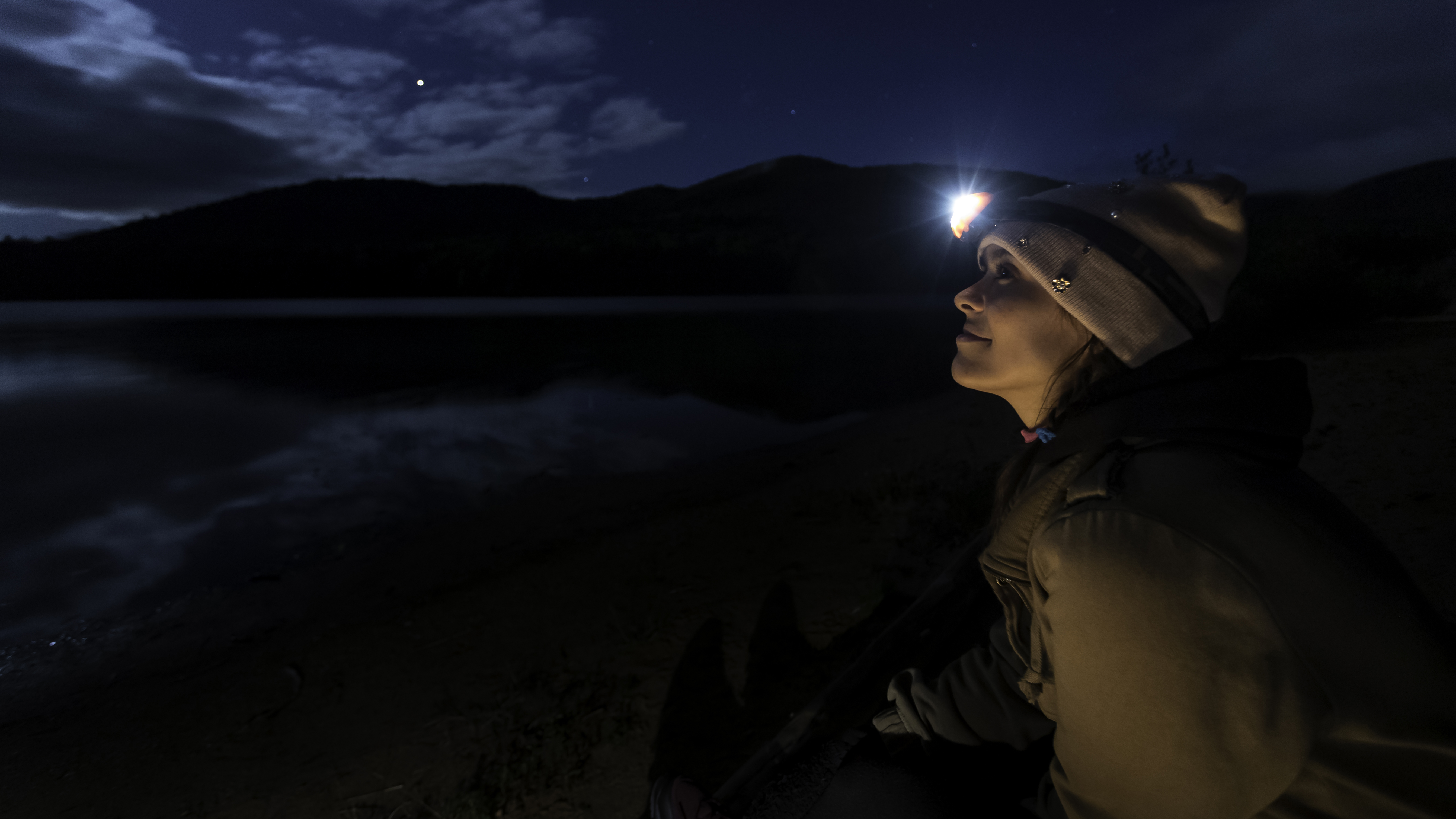
4. Let there be light
Evenings start shortening at a rapid rate once autumn gets in its stride, and while I really enjoy the chance to sit around the campfire and chew the fat as the daylight dies and stars start to pinprick the black sky, it’s very easy to get caught out in the gathering dusk with no idea where your trusty torch is. Make sure you keep a head torch close to hand (I usually tuck one in a fleece pocket during the afternoon), so you can find all the other bits and pieces you need to deal with the darkness, such as handheld torches and camping lanterns.
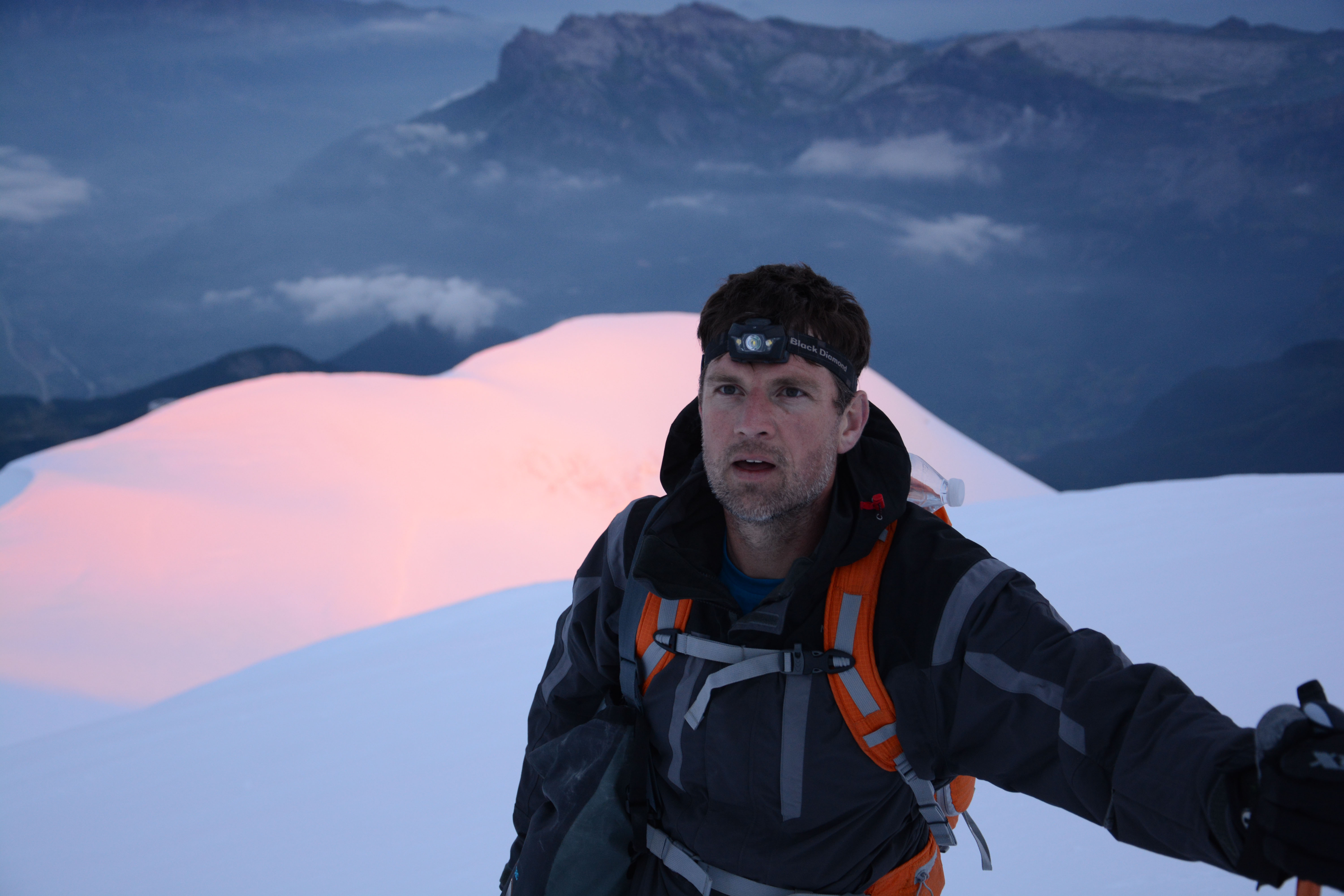
Author of Caving, Canyoning, Coasteering…, a recently released book about all kinds of outdoor adventures around Britain, Pat Kinsella has been writing about outdoor pursuits and adventure sports for two decades. In pursuit of stories he’s canoed Canada’s Yukon River, climbed Mont Blanc and Kilimanjaro, skied and mountain biked across the Norwegian Alps, run ultras across the roof of Mauritius and through the hills of the Himalayas, and set short-lived speed records for trail-running Australia’s highest peaks and New Zealand’s nine Great Walks. A former editor of several Australian magazines he’s a longtime contributor to publications including Sidetracked, Outdoor, National Geographic Traveller, Trail Running, The Great Outdoors, Outdoor Fitness and Adventure Travel, and a regular writer for Lonely Planet (for whom he compiled, edited and co-wrote the Atlas of Adventure, a guide to outdoor pursuits around the globe). He’s authored guides to exploring the coastline and countryside of Devon and Dorset, and recently wrote a book about pub walks. Follow Pat's adventures on Strava and instagram.